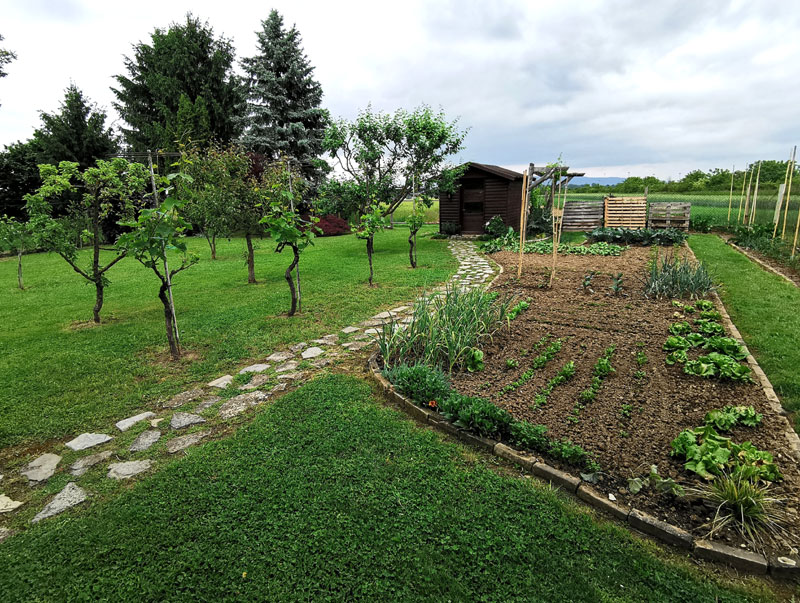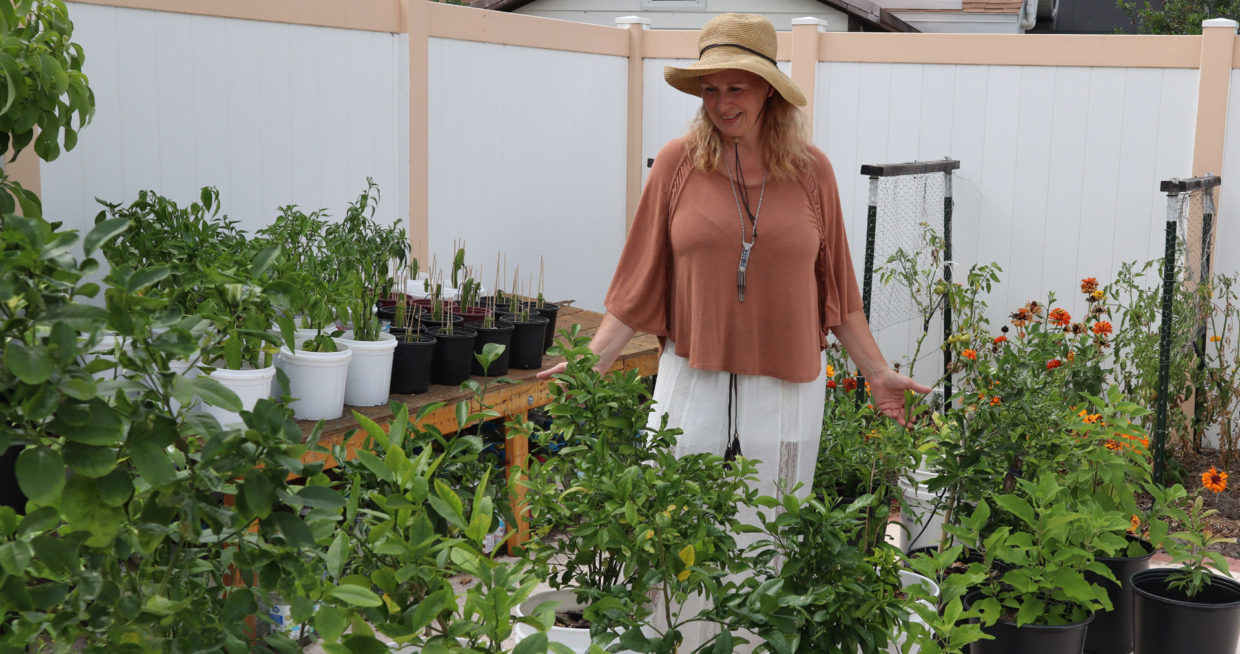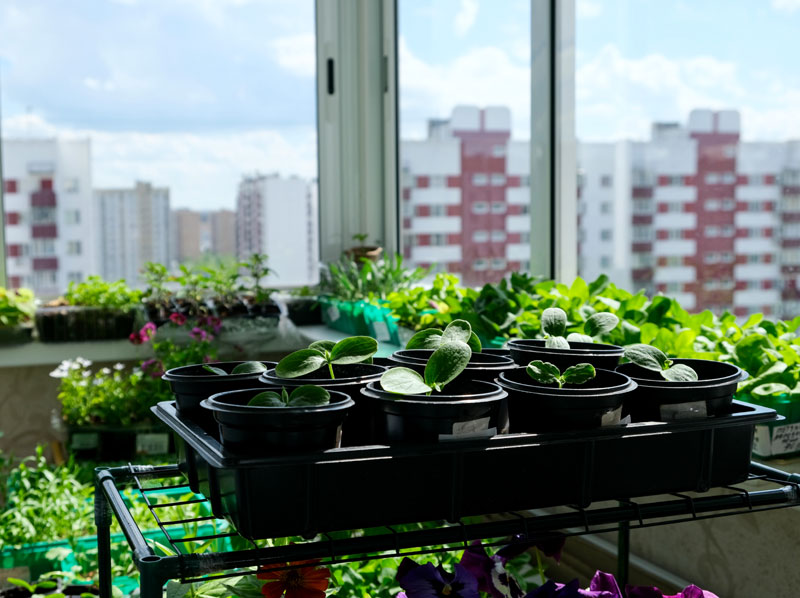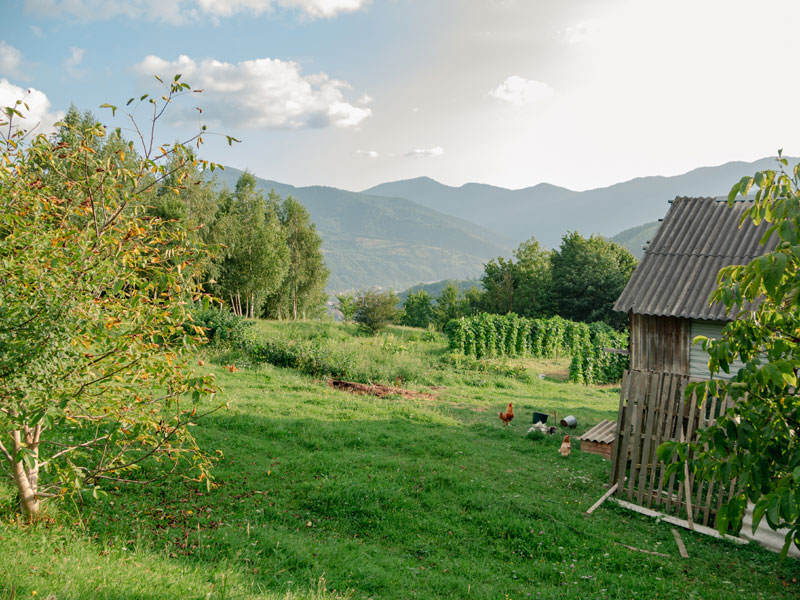“Start homesteading today!”
“You can homestead in the (city, suburbs, country)!”
“Start homesteading right where you’re at.”
Those are some of the most common answers new homesteaders hear when asking where they should start homesteading.
But how exactly do you “start where you’re at”?
And what if you want to start somewhere new?
Let’s take a look at this common, but essential question homesteaders must ask:
Where Should You Homestead?

In this guide, I’ll give a brief overview of the 3 common locations where people homestead: city, suburbs, and countryside. We’ll discuss the pros and cons of each to help you decide where YOU should homestead. Plus, at the end of this article, we’ll consider other homesteading location options.
Let’s get started!
Table of Contents
- A Brief Overview of Modern Homesteading
- Homesteading in the Countryside
- Homesteading in the Suburbs
- Homesteading in the City
- Other Locations to Consider
- Where to Homestead FAQs
A Brief Overview of Modern Homesteading
Modern homesteading is a lifestyle that entails practices and principles of traditional homesteading from generations past in a modern context. Examples include:
- Small-Scale Agriculture
- Livestock Keeping
- Food Preservation
- DIY Skills
- Frugal Living
- Small Community Connections
Although modern homesteading is often associated with Americans, it’s a worldwide practice. Examples of other names for this lifestyle include Hobby Farmer (Australia & Canada), Smallholder (United Kingdom and South Africa), Cottager System (Norway), City Farm (Netherlands), and Lifestyle Block Living (New Zealand).
Overall, no matter the terminology, or regional and cultural practices, they all strive to attain a more self-sufficient and sustainable way of life in modern society.
To learn more about modern homesteading and discover your own “why” for homesteading read: “Why Do You Want to Homestead?”
Homesteading in the Countryside

Living on a small acreage in the countryside is often what many people imagine when they hear the word homesteading. Like a small farm, there are livestock and a large productive garden. The family practices timeless skills such as food preservation, carpentry, herbalism, or animal husbandry. Income may or may not come from homesteading activities.
There are many benefits to homesteading in a rural setting.
Rural property provides abundant space. Instead of growing just a few fruit trees, you could plant an orchard or expansive food forest. You’ll have room for large livestock instead of just a few backyard chickens. Larger acreage opens up opportunities for greater self-reliance.
There are fewer regulations in the countryside. With no Home Owners’ Associations and fewer zoning constrictions, you have more freedom to pursue homesteading activities the way you wish.
Away from the cities, you get a quiet, peaceful feeling when living in the country. You hear more of the tree leaves, birds, and insects with fewer human-produced noises and interruptions. The larger your acreage, the more space and privacy you have from others.
However, it’s not all sunsets and rainbows. As beautiful as country living is, its distance from others puts many at a disadvantage.
Some people find over time that they miss the energy and engagement of being with others. They may feel isolated and alone. Although the Internet does help keep us connected, it’s no replacement for a true physical presence with others. When considering rural living, choose wisely how far you wish to be away from others.
Many homesteaders work a full-time job off the homestead. In a rural area, job opportunities can be difficult to find. It can also be a long commute to the city for work. This is something I have experienced first-hand. On a long drive, you tend to think about all the things you could be doing on the homestead instead of commuting.
If you choose to go deep into rural areas, far from public utilities, the off-grid lifestyle can be challenging. Providing your own power, water source, and waste management is time-consuming, and you are responsible for repairs and replacements that come over time with any equipment.
Homesteading in the countryside can be beautiful and fulfilling. It’s full of endless opportunities. It can also be too far for some people depending on their needs.
Is the countryside where you wish to homestead?
Homesteading in the Suburbs

My first three years of homesteading in Florida were in the suburbs. Turning a 1/8th acre lot into a food-producing property (while renting!) was a challenge that I enjoyed.
Compared to rural and off-grid living, suburban living is easier with having basic utilities: electricity, water, sewer, streets cleaned and lit at night, and high-quality internet. It provides a shorter distance to work, groceries, schools, medical facilities, and entertainment.
As tempting as these amenities and proximity to services are, much of homesteading is about self-sufficiency and sustainable living. It’s a trade-off that each person must choose for themselves and their unique situation as a homesteader.
Another positive aspect of suburban homesteading is having a space to garden and grow food. There’s plenty of space on a suburban lot to get creative with edible landscaping. Many communities may allow a small flock of laying hens, or you could raise rabbits or similar small livestock.
Suburbs are a nice balance between rural and urban living. You still have some land to work with and you also have a close community of people. Friendships form and there’s plenty of opportunity for bartering. When I homesteaded in the suburbs, I often traded fruits and veggies with neighbors.
Some of the difficulties of suburban homesteading to consider include governing limits and restrictions.
Zoning regulations such as water use (limited times to water yards seasonally), types of animals on the property, and noise ordinances are examples of limiting restrictions.
Depending on job location, even a short commute may take a long time with heavy traffic during rush hour. The frustration, air pollution, and drive time can be hard on a person whose heart is on the homestead.
Overall, homesteading in the suburbs is a great in-between place with some land and some community. You’re not “downtown,” and you’re not “in the sticks.”
Are the suburbs where you wish to homestead?
Homesteading in the City

Commonly referred to as Urban Homesteading, living a self-sufficient lifestyle is attainable in the city. Modern homesteading is more than just growing your own food and living on your own land.
Sourcing fresh food, or growing it yourself, can be accomplished in several ways including:
- rooftop gardens
- vertical farming
- patio potted gardens
- growing mushrooms
- hydroponics
- shopping farmer’s markets
- Foraging in public parks or the edges of the city
The foods you grow, find, purchase or trade for can still be dried, fermented, canned, or preserved otherwise. There’s no hard rule that you must grow it on your own land.
Many cities now have composting services, you could practice vermicomposting, or purchase one of many in-home composting systems that have become popular over the past several years as environmental awareness and stewardship have increased.
Almost all non-livestock homesteading activities and skills can be practiced while living in the city. Consider rainwater harvesting, knitting, sewing, food preservation, and repair skills like simple plumbing and carpentry.
Some of the challenges of homesteading in the city include limited space for growing large amounts of food or raising large livestock. Neighbors are close, often noisy – or nosy! Plus, dependency on the energy grid and sewage systems decreases your autonomy and self-sustainability.
Overall, urban homesteading is a popular choice for those who rely on living in the city for work, school, or just love the city. It’s a modern choice for those who desire greater self-reliance, better health, and practice an eco-friendlier lifestyle.
Is the city where you wish to homestead?
Here are a few alternative locations that may feel more like “home” for your homestead.
Geographic:
- Mountains or highlands
- Island or coastline
- Desert
- Grassland or prairie
- Tropical or temperate rainforest

Cultural:
- Communal living or eco-village
- Historical or heritage property
Final Thoughts
Each location for a homestead will have its own charms and challenges. Make sure you understand why you wish to homestead in this location before planning a move.
It’s crucial to understand the community culture nearby as well as the land you’ll be purchasing. These people will be your neighbors, help in hard times, and hopefully good friends too!
Before embarking on any journey to a new homestead, make sure to thoroughly research the location and assess whether it aligns with your lifestyle preferences and homesteading goals.
FAQs
Knowing what you wish to do as a homesteader will help you choose the right location. Consider factors such as: climate and environmental risks such as natural disasters, water availability, fertility of the land, local regulations and zoning, proximity to a community and services such as medical, schools, markets, and emergency services.
Yes, some states such as Oregon, Washington, Tennessee, Vermont, and Maine are known for their land availability, natural beauty, and engaging homesteading communities. However, any state (and many countries) is great for homesteading. Seek out homesteading communities in states where you are interested in living. Permaculture communities are also an excellent place to find like-minded people, many of them are also homesteaders.
The largest cost will most likely be the land and house you wish to purchase. Other financial factors to consider include:
*How will you provide an income for your family?
*What is the cost of living in that region?
*How close are you to markets to buy (or sell)?
*What additional infrastructure will you need to add to the property?
*What are the taxes, building codes, and other possible government fees?
*How much will you invest in growing food: seeds, garden beds, livestock, etc?